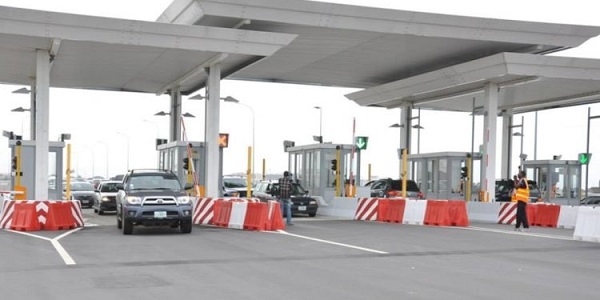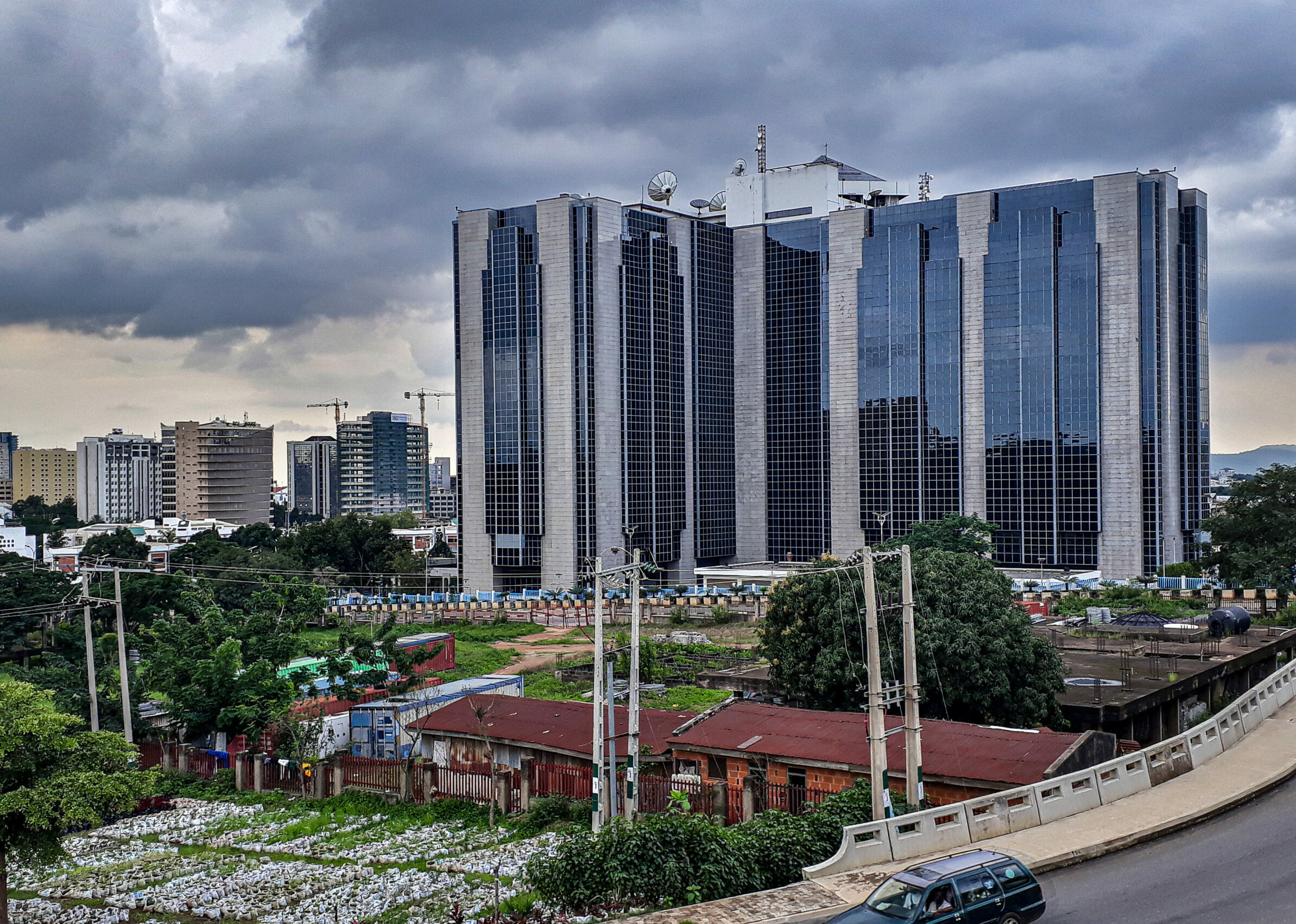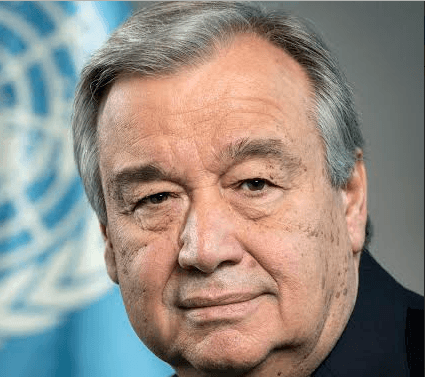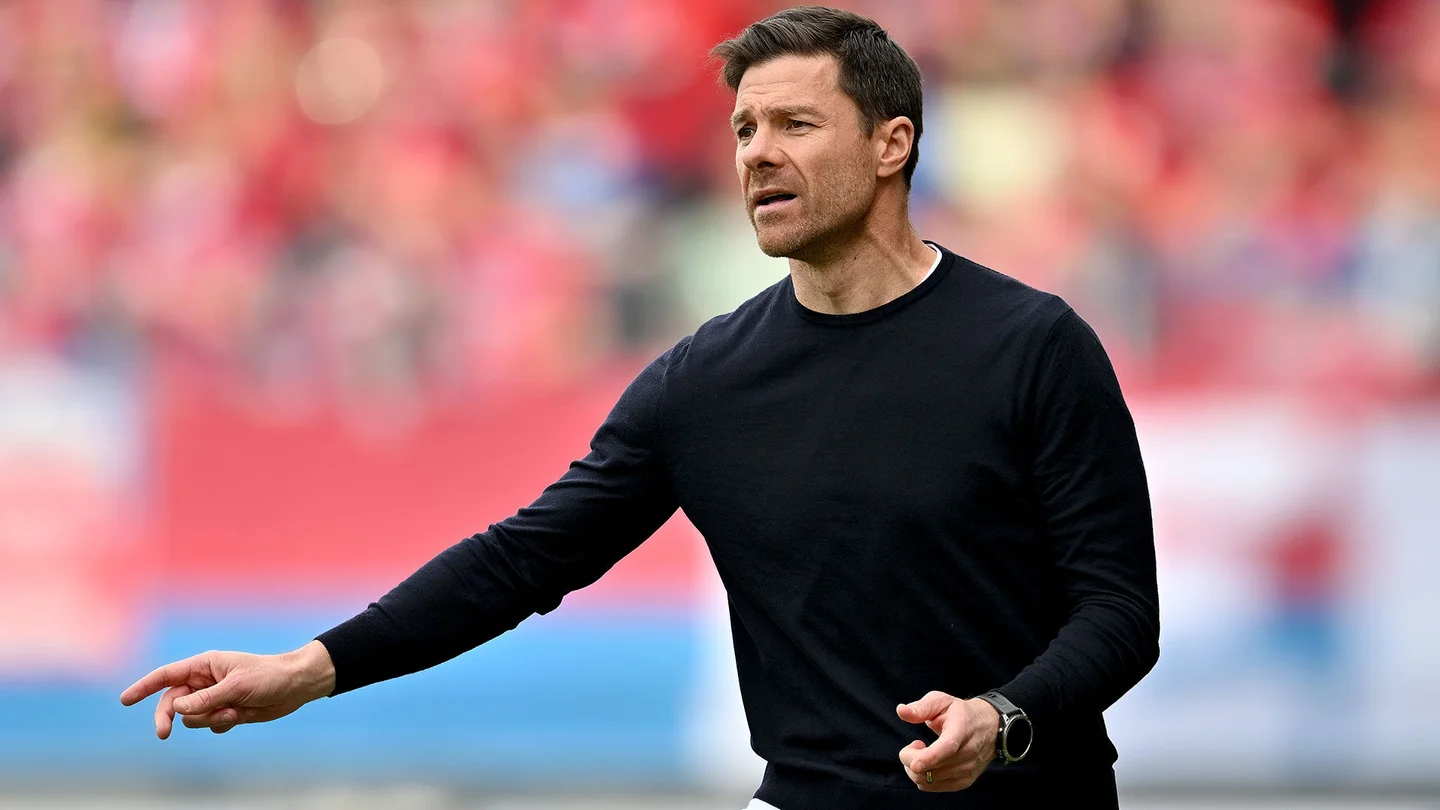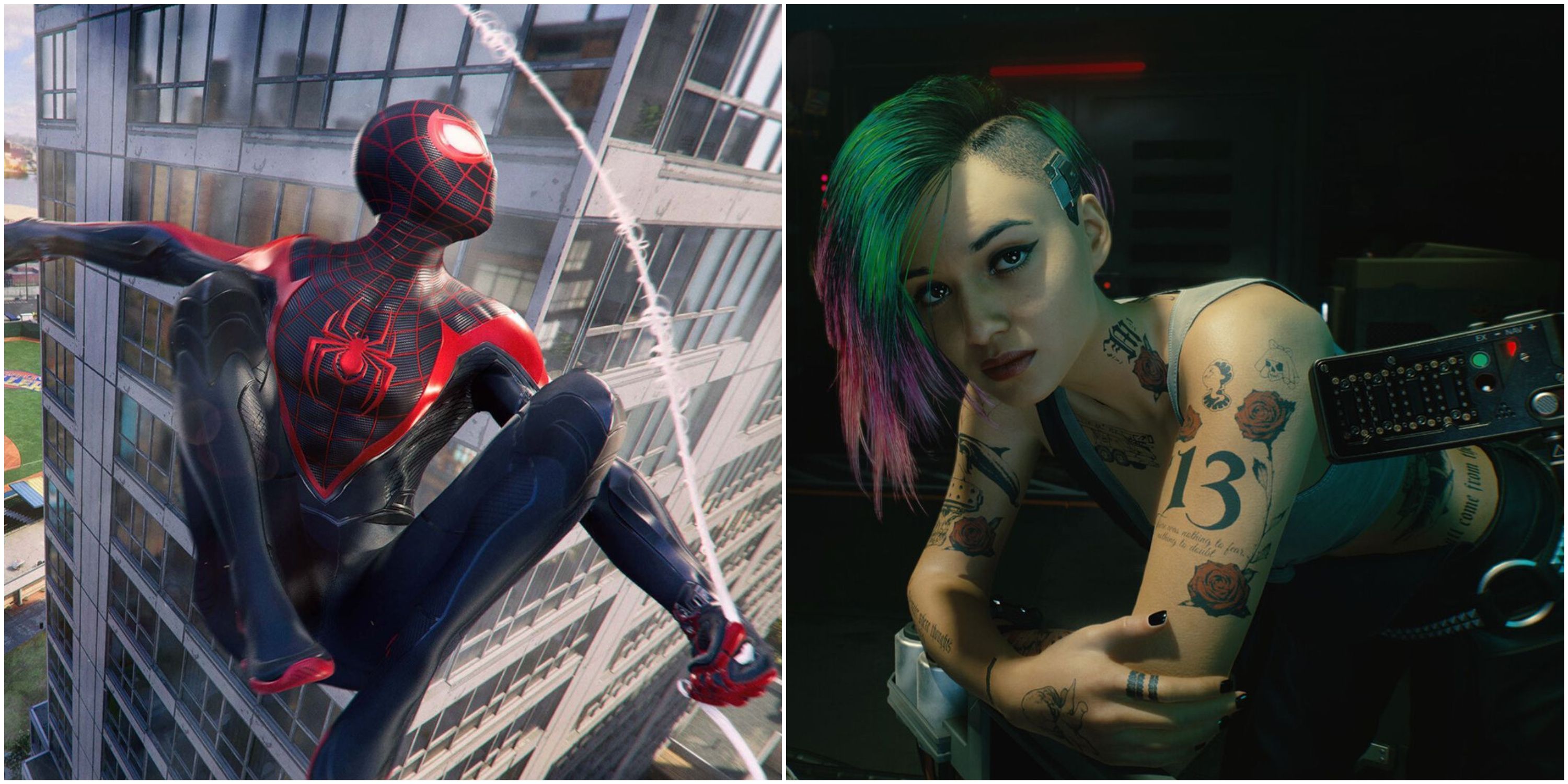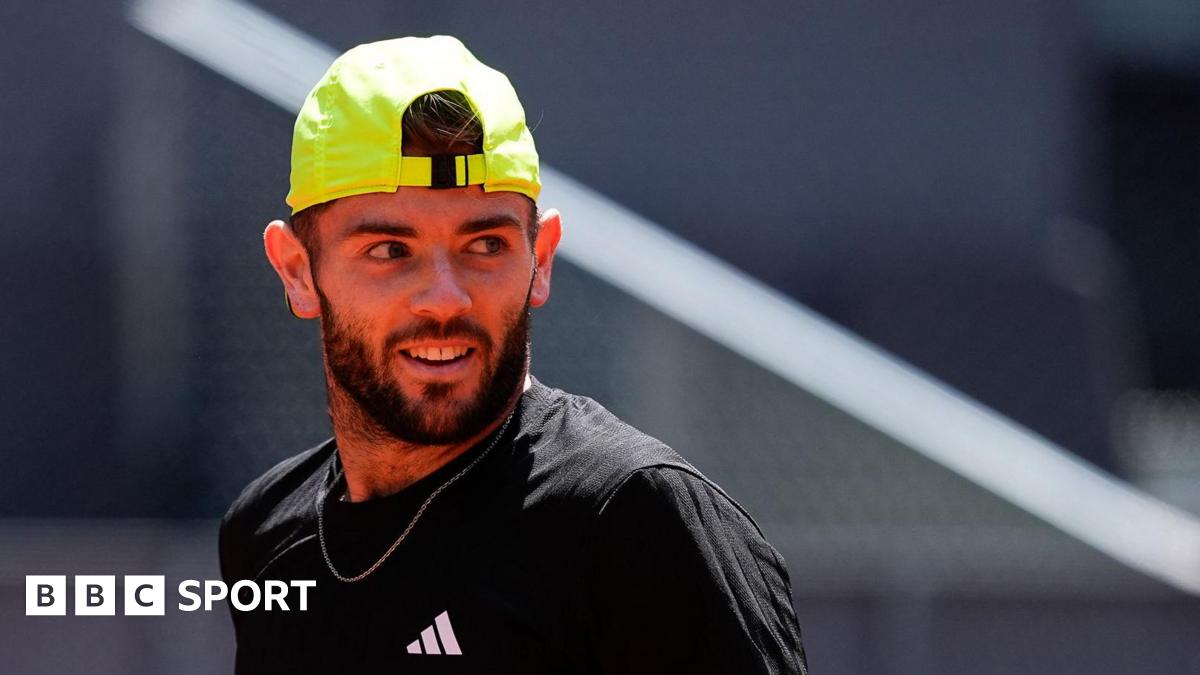Barry Lyndon at 50: Stanley Kubrick's masterpiece hits a milestone
Stanley Kubrick’s Barry Lyndon (1975) follows the journey of Irish outsider Redmond Barry, who, through chance and cunning, navigates the glittering yet treacherous world of 18th-century Europe. Possessing lush cinematography, a sombre elegance, and haunting sense of fate, a tale of ambition and downfall is transformed into an unforgettable cinematic experience. With the term ‘masterpiece’ thrown around too often, few films deserve such an esteemed title. Yet, half a century on, Kubrick’s film prevails as the very definition of this lauded term.
At 50, Kubrick’s masterpiece today is widely admired. With a diminished box office compared to previous films in the director’s esteemed catalogue, Barry Lyndon received a puzzled response; critics and audiences praised its visual elements, although many found the narrative emotionally distant. Yet, Kubrick had meticulously curated a balance of artistic direction, musical influence, and costume, and set design, this film is among the most beautiful to grace our screens.
Winning four Oscars, nominated for a further three, Kubrick’s techniques work in unquestionable harmony. Some may hesitate to label Barry Lyndon his magnum opus (each of his 11 features would be feathers in any director’s cap), but this gem is a tour de force that has stood the test of time, continuing to evolve in the hearts of movie lovers. Through true directorial dictatorship, Kubrick fashioned a masterpiece from William Makepeace Thackeray’s 1844 novel The Luck of Barry Lyndon.
It’s impossible to transfer the film’s beauty and frigid grace into the written word. Trailblazing over contemporary cinematic conventions, Kubrick and cinematographer John Alcott left no stone unturned in transporting the audience to the 1700s. Their detail, perhaps pedantic at first glance, is vital. It’s Kubrick’s medium through which he can emancipate from the book pages the story’s emotional essence, truly bringing the rise and fall of Thackeray’s Irish rogue to life.
Kubrick relied on Ireland and Britain’s shifting climate, where most scenes were shot, to define with natural light moods at differing stages of the film. But the scenes shot in candlelight are the most famous and beautiful. Achieving this was no mean feat, as no Hollywood cameras could reproduce a candlelit room’s dim light. Kubrick employed a new lens designed for NASA intended to capture the dark side of the moon, its shutter speed 100% quicker than any in the movie industry, producing breathtaking consequences. A pioneering usage of the zoom technique went against the typical speedy zooms of the 1970s, as Kubrick opted for slow-paced, epic-form alternatives.
Kubrick’s artistic inspiration is seen repeatedly throughout the film. We see Constable’s dramatic landscapes, Hogarth’s satirical takes on aristocracy’s coldness and luxury, the pale portraiture of Reynolds, the glimmering clothes of Gainsborough’s The Blue Boy — even the striking equestrian scenes of Stubbs! The director’s obsessive nature and rarefied appreciation for artistic form shines through. Kubrick toiled to reflect a vision of the time as seen by those who lived it, championing scenes painted by such artists.
Thackeray attributed his novel’s inspiration to Hogarth’s 1743-45 Marriage A-la-Mode series, and the clearest canvas-to-camera mirroring depicts a drunken Barry welded to his chair, identical to Hogarth’s Tête à Tête. Its grey, misty tone marks a significant moment, as Lord Bullingdon stands rigid before his stepfather’s diminished form.
The distinctive natural light is akin to the Dutch masters and Joseph Wright of Derby, and the set locations provide a powerful backdrop. From the scenes of a naïve Barry in Huntington Castle, Donegal, to his conniving card-playing schemes with Patrick Magee’s Chevalier de Balibari amongst Potsdam’s palaces, the locations are classically mesmerising. The Oscar-winning costumes are similarly striking. With no stand-ins, actors remained in full dress for substantial periods, many wearing original 18th-century garments loaned from museums.
The film’s score was similarly meticulously crafted, welcoming a range of classical and baroque music from the 18th and 19th centuries. Handel’s ‘Sarabande’ serves as the film’s main theme — and of Barry himself. Initially heard in full orchestral form, closing the film in similar, booming ilk, it appears in assorted incarnations accompanying significant moments. Including Irish folk music, military marches, Mozart, Vivaldi, and Bach, Leonard Rosenman’s soundtrack drives the storyline alongside Michael Horden’s narration.
Schubert’s ‘Piano Trio’ must be hailed for its pivotal role, most memorably during Lady Lyndon’s seduction. With no dialogue, this scene is solely music, candlelight and subtle acting, almost like a silent film. Here, the music conjures romance with its pressing, urging nature, yet simultaneously foreshadows Barry’s artifice with its melancholic undertone. Lady Lyndon’s future heartbreak is sensed, alongside the brutish transformation that Barry will undergo.
Kubrick had his Napoleon project scrapped by MGM in 1970 largely due to Waterloo’s failure that year; having studied the period since the 1960s, he compiled all that research into Barry Lyndon. In the slightly earlier era of the Seven Years’ War, Kubrick fulfilled his desire, fit with all the regalia, swathing military scenes, and pomp that Napoleon would have brought. But in Thackeray’s vagabond rogue, he found more freedom to impose his will, reaching unfathomable heights.
But is there truly a way in which one can summarise a film so emotive in every molecule of its being? To confront its beauty, sadness, and emotion? Film is a medium we use to mirror and channel our own feelings and desires, to acknowledge our definitions of life, love, regret, ire — our past, present and future. Barry Lyndon’s majesty lies in its calm, majestic embodiment of human trials in a manner not overly in-your-face, nor obnoxious in its techniques. In this style, the film exists as a skimming stone: a satirical pebble that skitters across the pond, creating emotional ripples within which a distorted yet clear reflection of humanity can be seen.
